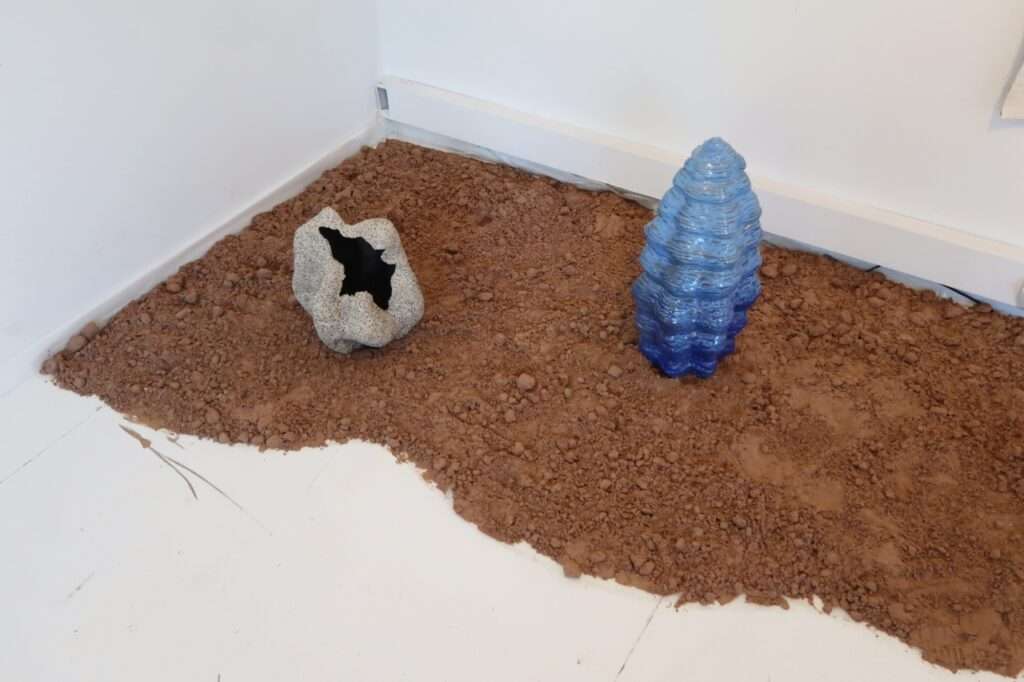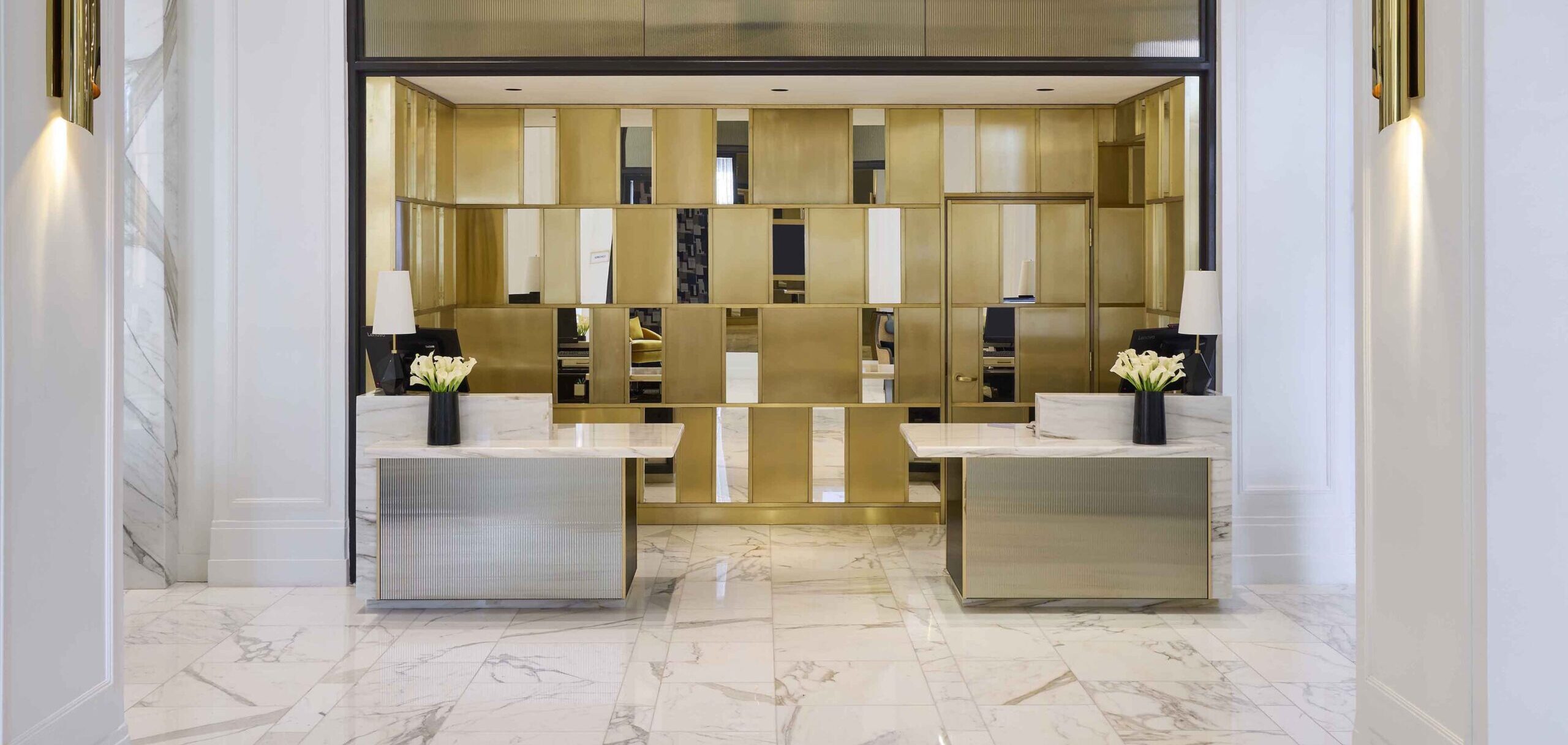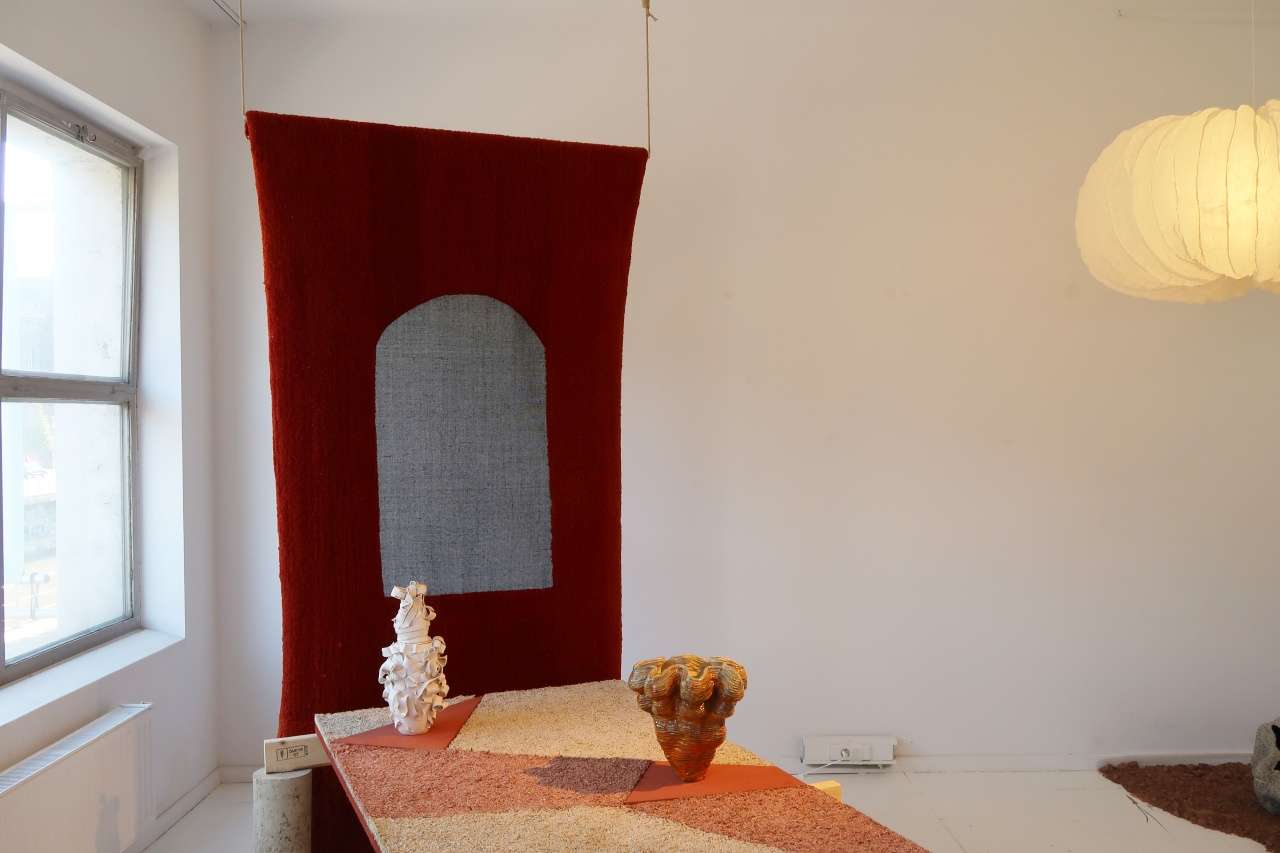Brussels Design September might be over, but you still have a chance to visit some running exhibitions to get acquainted with the local talents and trendmakers. Au Charbon is one such space. This fall, this Brussels-based non-profit curated the Amarrées exhibition, presenting 17 art objects created by local designers using “earth, wood, ceramics, textiles, hemp, leather, plaster, and upcycling.” D5 Mag visited this exhibition to learn more and report on what is so special about it.
All the pieces share the same inspiration—the Canal, where the exhibition is located. Ropes, anchors, and even Baltic Sea sand, which were either used as materials or manifested in the art pieces themselves, refer to it extensively. More on that later.
Running from September 27 to October 16, the visits are only available for the public on Wednesdays and Saturdays from 2 pm to 5 pm. However, once on site, you can ask for a tour by one of the curators to learn about the significance of each and every piece. We were lucky to get such a tour led by one of the artists presented at Amarrées, Mavable.
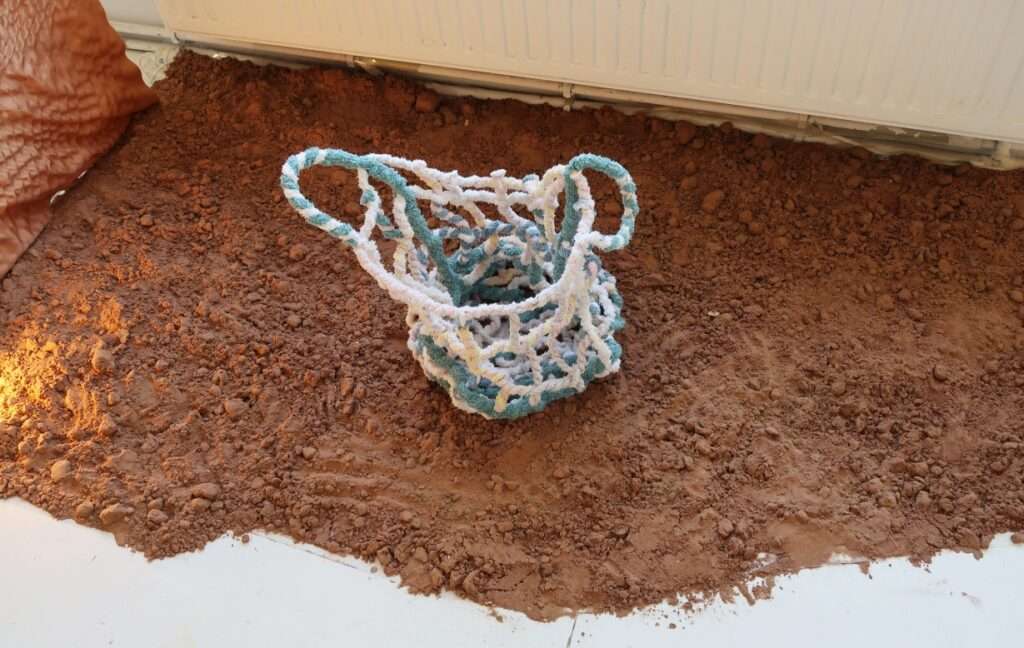
Two of her works presented at the exhibition—Orthogonally Dancing Caterpillar, 2024, and Striped Caterpillar After a Bath, 2024—are made of post-consumer textile ropes. “My practice is to make ropes out of worn-out textiles that have been used already. I called this one Orthogonally Dancing Caterpillar because it reminds me of those caterpillars that attach themselves to one another and they make a big chain of caterpillars,” Mavable explained, pointing to her first item, a colorful “fluffy” basket. “Since this basket is kind of living on its own, I feel like it’s alive somehow. So I wanted to put imagination in the head of people.”
The artist explains that the reference to a caterpillar is also inspired by the material—the fluffy towels. “I really enjoyed working with this material because it creates something very different from what I can do most of the time.”

The second item on display, Striped Caterpillar After a Bath, is located right in front of the main entrance to the room where the rest of the pieces are displayed. It holds a plant pot above visitors’ heads as a “more obvious” piece “for people to see more of the material and question themselves on why it is like this and how it was made.”
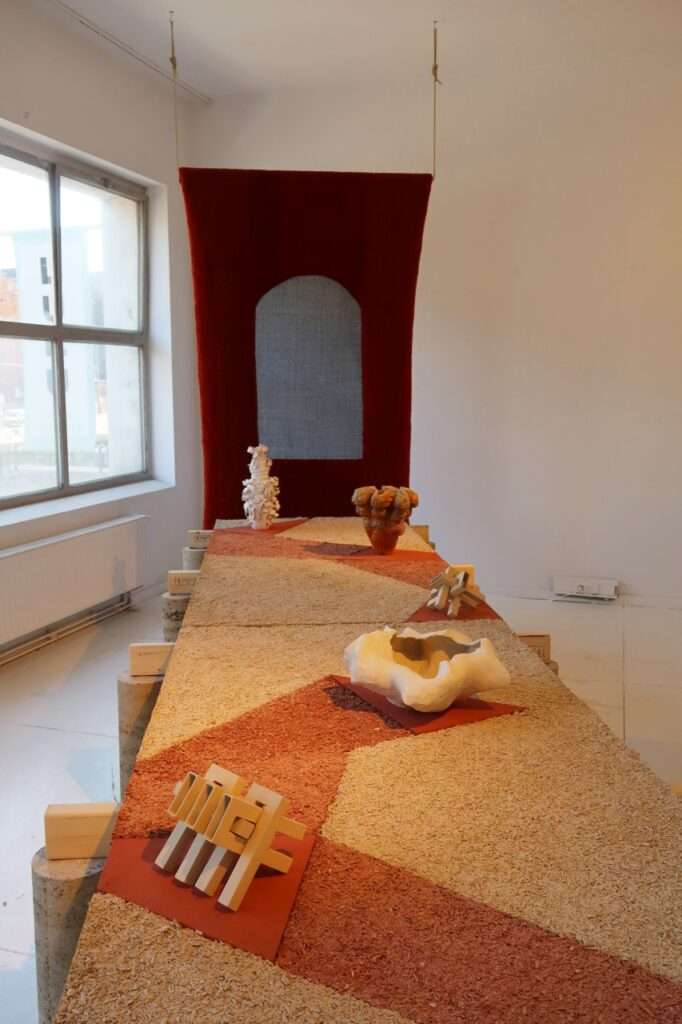

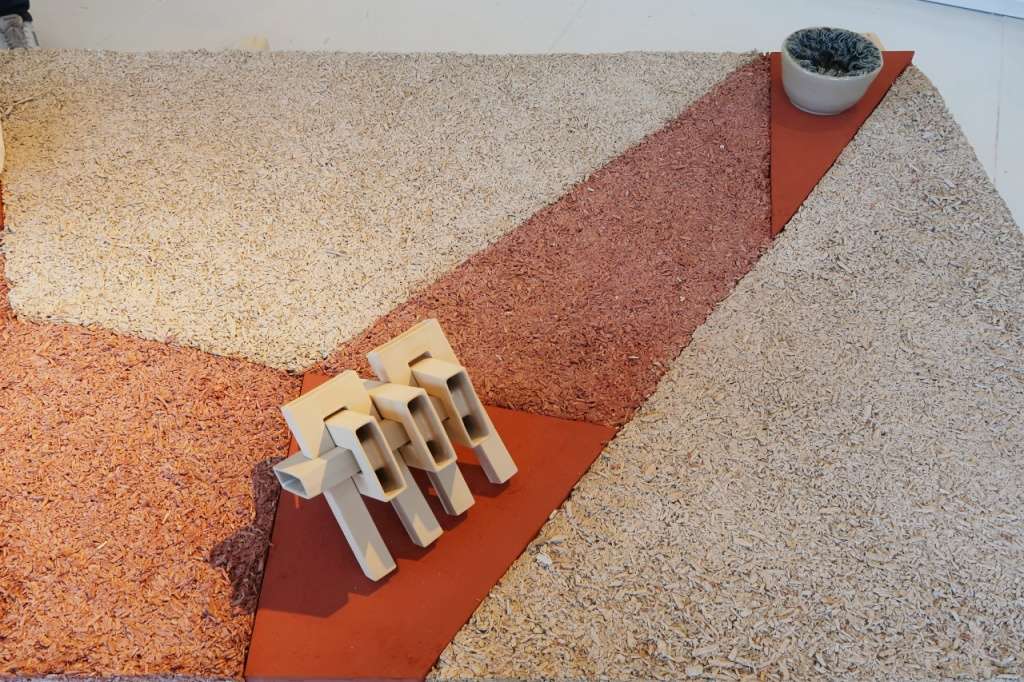
The main piece that takes the most space in the room and allocates the other pieces is the Amarrées Scenography. Made of natural materials, mostly earth from all the construction sites in Brussels, it is a piece by Cru atelier. Focusing on eco-conscious design, they make furniture from the earth. “Pieces can be demolished and made again. That’s why it was an interesting technique because we can reshape it afterward,” Mavable explained as we started our tour.
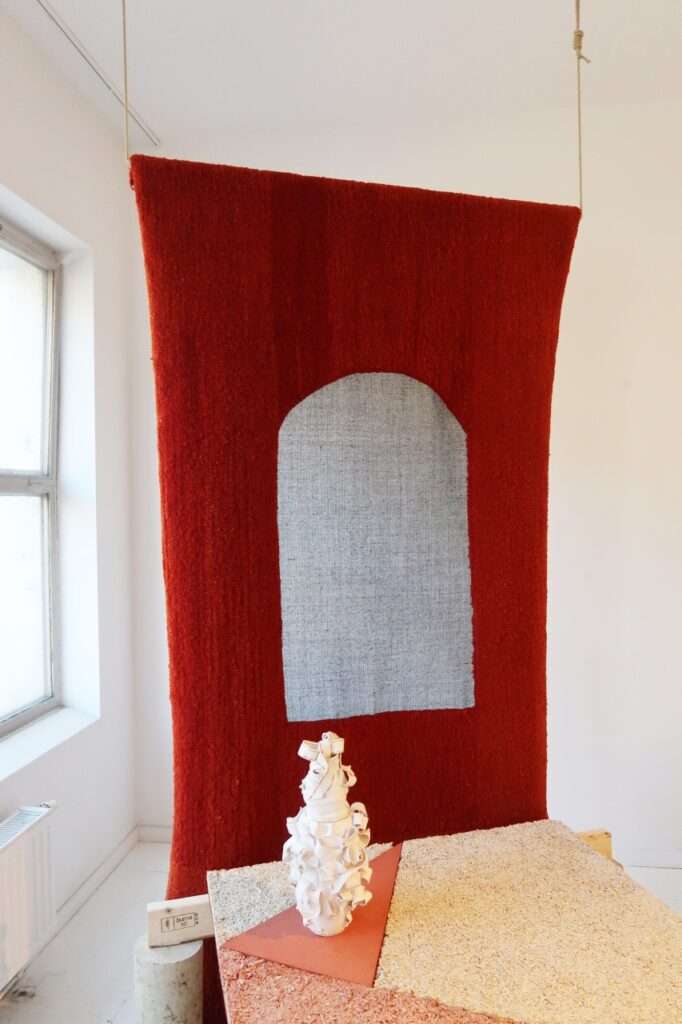
In the background of the scenography is the centerpiece that is impossible to miss, Fenetre, 2022 by Maak & Transmettre. Created using the “tapestry tufted by hand” technique, it is a wool and polyester canvas.
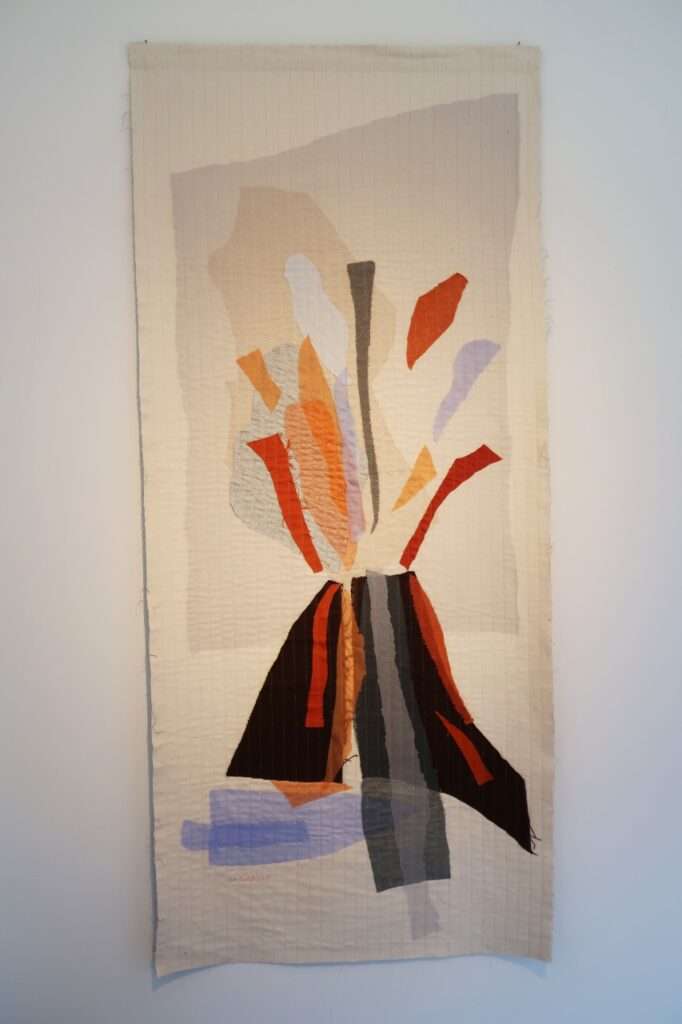
Next to two centerpieces is Pumpkin, 2024 by Xavier Servas, an inflatable light sculpture made of pig intestines turned into a strong and paper-like material, later sewn together, and Volcano, 2024, a textile collage by La Gadoue upcycled into the narrative shape of a volcano eruption. Quilted on a recycled woolen back, this patchwork was made from upcycled textiles using industrial techniques. Onde, 2024, a sheer veil made of dead stock textile, is another piece by La Gadoue that welcomes visitors, symbolizes the door leading to the other art objects, and reminds the surface of the water with its fluid lines.
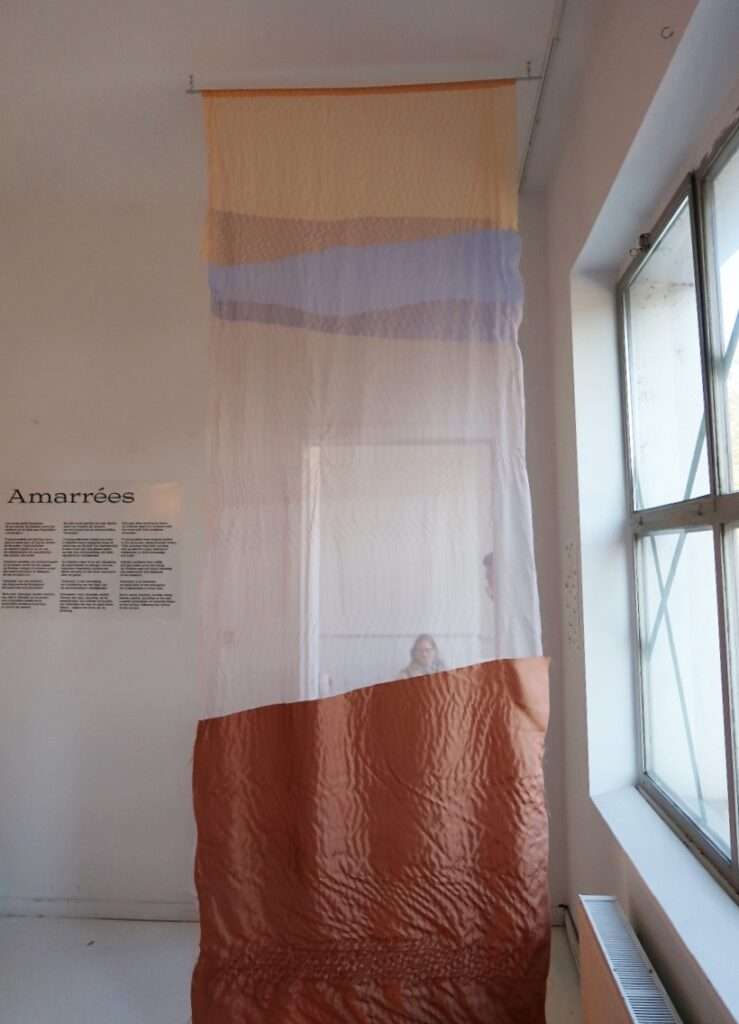
As the works were collected based on the topic of the Canal and all that can be associated with it, you shouldn’t be surprised to find a Bowl of Whatever Is Left (Volume 5 from the Under Pressure series) by Marta Rachlewicz made of porcelain, stoneware, and black sand from the Baltic Sea. “At the moment, she [Rachlewicz] is working on ‘collapsing things’ that are parallel with collapsing society. To create that, she uses matter that collapses itself, so it looks like something has been broken,” Mavable explains, further adding that “it is apocalyptic.”
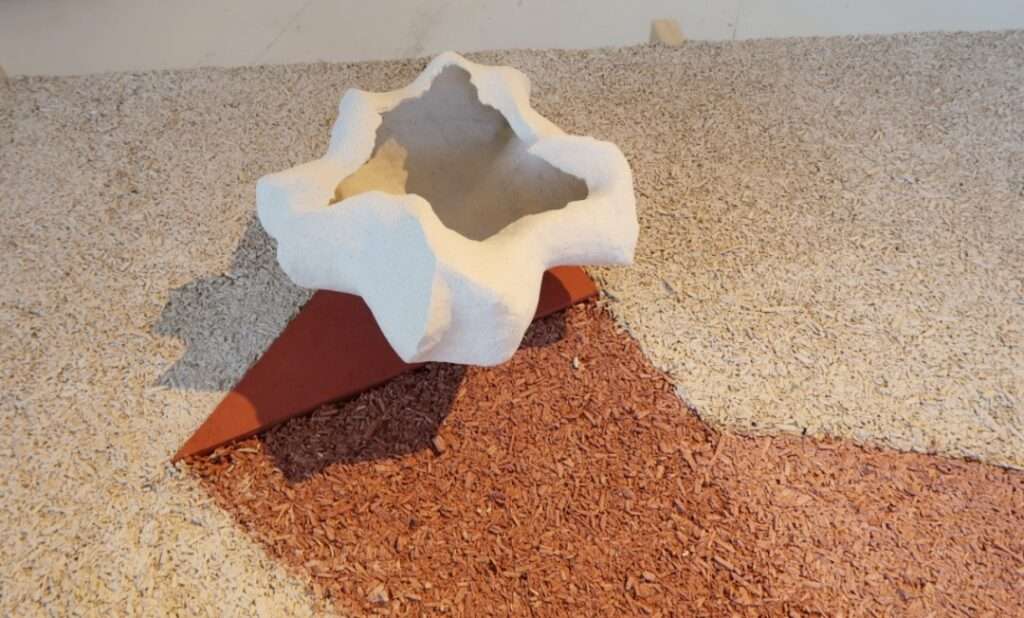
The last but not least piece that attracted my attention is Uniform of the Heart, 2024, by Elisabeth Woronoff. These three pieces of “inked clothing as tattoos,” designed using fabric paint on silk, cotton, and wool, were created solely for the exhibition. The inspiration is reflected in the blue colors of the tops and the word “anchor” at one of them, a nod to the atelier anchoring artists here.
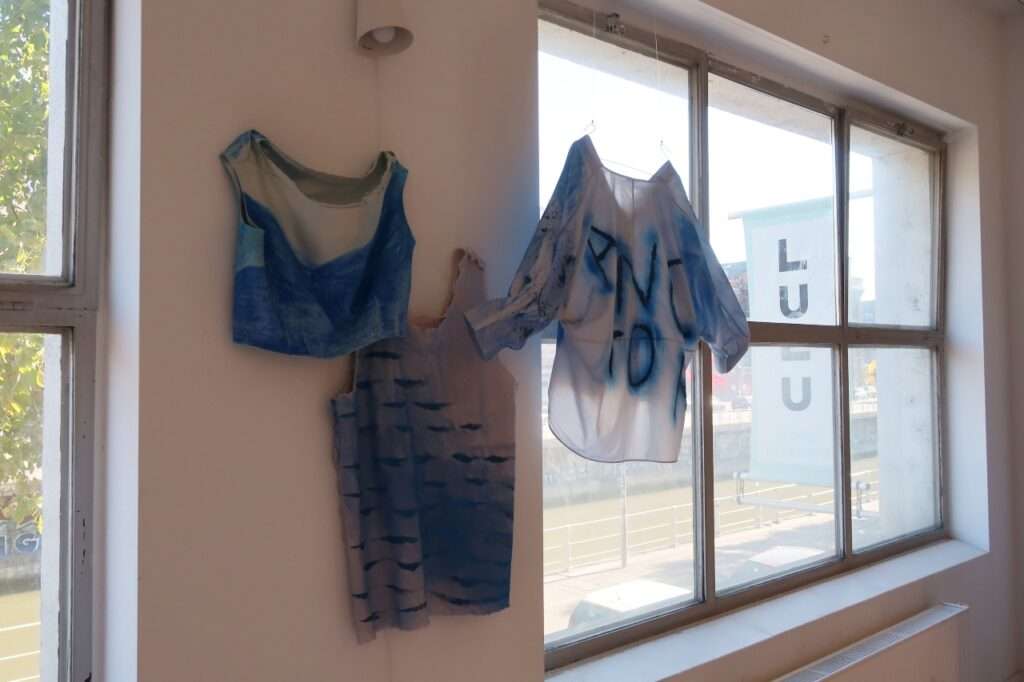
With so many more pieces to check out, Au Charbon presents contemporary design and craftswomenship that goes beyond the traditional limits and implements innovation in the name of art.
